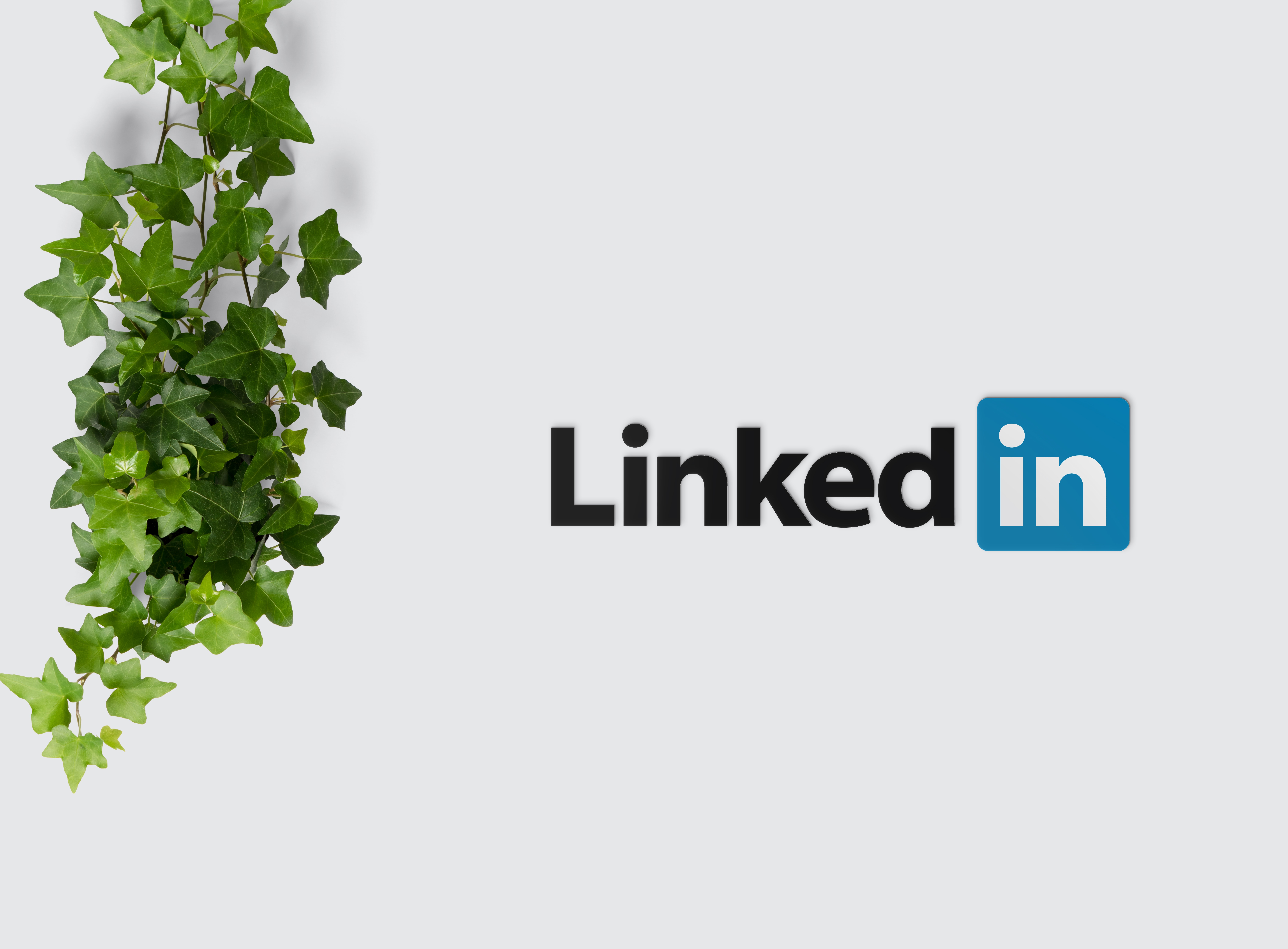The hybrid work model truly came into its own during the COVID 19 pandemic. As people were forced to work from home, the reliance on conventional offices started to decrease. However, working from home also had its own inherent disadvantages. For example, there were myriad distractions that hindered productive output. It happens because our minds are hardwired to see our homes as a place for relaxation. This is why offices exist in the first place.
For the purpose of retaining productivity, people all over the world have now started to switch to a hybrid working model. I.e. a model where one can enjoy all the benefits of an office, but in a more relaxed out-of-office setting: This holds particularly true for staffers who don’t work in organizations that require constant attendance. For instance, people who don’t work in factories, transportation, healthcare, and hospitality sectors. Let us take a quick look to see precisely which jobs work best in a hybrid setting.
Digital Security Analysts
This is an excellent example of a job that best fits a hybrid work model. These people just need a fast online connection to keep tabs on the security environment of their employers. Digital security is completely different from real-world physical security because a digital security specialist doesn’t need to be physically present at a site in order to identify highly complex cyber threats. However, they will need communication and highly persuasive skills if they are to try and convince not just senior management but also coworkers to try and adopt stricter safety protocols. It would be very difficult to do this while working from home. This is why a hybrid work model has often been deemed the ideal model for many digital security jobs, as well as jobs of a similar nature. 
Technical Recruiters
These people must always possess strong communication and interpersonal skills. They have to be very persuasive, also able to understand various complex technical demands. These skills are necessary if they are to fulfill hard-to-find candidates for difficult positions. However, it is not necessary for them to be at their office stations all the time. They can continue their headhunting efforts in a hybrid environment, easily enough. They will need to meet their prospective candidates face to face once or twice at the very most.
Graphic Designers
These people also don’t need to be at their office workstations for the usual 9 to 5 hours. They have exceptionally strong artistic sensibilities and creativity in order to create visually appealing designs. These people are very strong communicators because they need such skills to figure out customer preferences. However, mastery of CAD/CAM tools is not enough to be a graphic designer. They have to be physically present during client meetings so as to extract information that will help them give the customers exactly what they want. 
Business and Economic Journalists
Few people are as qualified for a hybrid work environment as journalists. They usually have to work outdoors and interview various people. After that, they have to sort through their notes and create a coherent and gripping storyline. While the latter part of their work might be done at home, it is very difficult to think clearly and concisely in a home environment. Finally, they have to meet their editors and talk to them in person before sending the story for printing.
Coworking Spaces
Hybrid coworking spaces are spread in almost every country right now. As a matter of fact, you can find coworking spaces almost anywhere, there are coworking spaces in Denver, Washington, Chicago, Toronto, and so on. The thing is that a hybrid workspace offers the very best of both worlds. You can easily enjoy the freedom of working outside the office while enjoying the benefits of office space. You don’t have to be dressed formally nor follow a uniform dress code, or even be at the beck and call of your superiors. At the same time, you can enjoy the discipline of coming to work day in and day out.
Conclusion
From content writers to designers to security analysts, people have taken to the hybrid work model like ducks to water. There is no doubt that this model is here to stay.

















